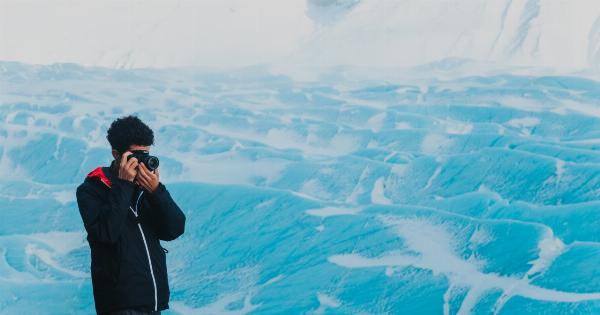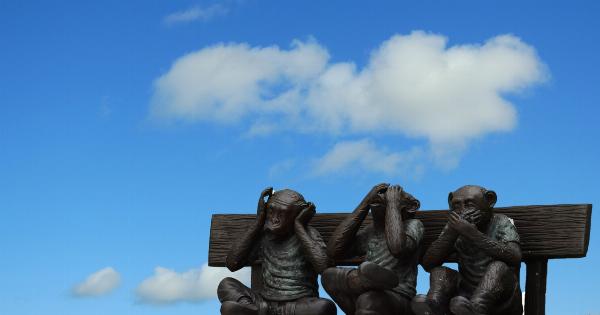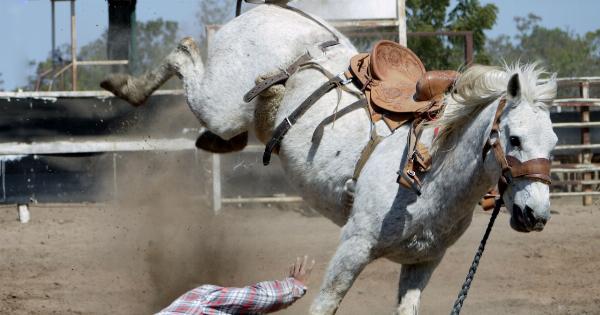The devastating effects of wildfires are not limited to human populations. In the face of raging flames, animals find themselves in a desperate fight for survival.
One such wildfire that captured international attention was the inferno in Varimbi, a lush forest located in the heart of a rich biodiversity hotspot.
The Biodiverse Haven of Varimbi
Varimbi is an ecological gem, a sanctuary for a wide array of animal species. Its dense forests, meandering rivers, and sprawling grasslands create a perfect habitat for creatures big and small.
Within its borders, you can find majestic elephants, stealthy leopards, agile deer, and a plethora of bird species. This vibrant ecosystem is delicately balanced, depicting nature in all its glory.
The Ignition: Sparking Disaster
In the dry season, when the vegetation becomes arid and temperatures soar, the risk of wildfires intensifies. It takes only a single spark to set in motion a chain of events that can rapidly engulf vast areas of Varimbi.
Unfortunately, this is precisely what happened.
The ignition source of the Varimbi wildfire remains unknown, a cruel reminder that nature can unleash devastation spontaneously. As the flames consumed everything in their path, animals were thrust into a sudden battle for survival.
Fight or Flight?: Panicked Creatures
When confronted with the threat of a wildfire, animals face a life-altering choice: fight or flight. Some species, such as birds and smaller mammals, can swiftly take to the skies as they seek refuge outside the inferno’s reach.
Others, however, find themselves trapped within the fiery boundaries of their homes.
For predators like leopards and tigers, the situation is dire. Their hunting grounds burn to ashes, displacing prey and leaving them hungry and vulnerable.
The instinct to protect their young drives these majestic animals to defy the odds, fighting through the flames to find safety for their offspring.
The plight of herbivores is equally heart-wrenching. Elephants, deer, and other grazers find themselves with no escape routes as the fire engulfs surrounding vegetation.
Trapped and disoriented, they become easy targets for predators lurking in the shadows.
Unseen Victims: The Impact of Smoke Inhalation
While the ferocious flames rob animals of their habitats and prey, the smoke becomes an unexpected silent killer. Inhalation of smoke can cause severe respiratory distress and harm the delicate lungs of both humans and animals alike.
Birds, with their hollow, delicate bones, are particularly susceptible. The smoke enters their respiratory system and causes inflammation and damage to the air sacs, significantly impacting their ability to fly.
Long after the fire subsides, the effects of smoke inhalation continue to plague these creatures, making their survival even more challenging.
The Domino Effect: The Ecosystem Aftermath
As the last embers of the Varimbi wildfire fade, the ash-covered landscape that remains is a stark reminder of the consequences.
The destruction of vegetation disrupts the delicate balance of the ecosystem, with wide-ranging effects on both flora and fauna.
With their habitats incinerated, animals are forced to migrate to neighboring areas in search of food and shelter. This sudden influx can overwhelm existing ecosystems, leading to intensified competition for limited resources.
The ripple effects can be felt throughout the food chain, potentially destabilizing the entire region.
The Role of Human Intervention
While wildfires are a natural part of certain ecosystems, human intervention can either exacerbate or mitigate their impact. In the case of Varimbi’s wildfire, illegal logging and deforestation had left the region vulnerable to such disasters.
The destruction of the forest cover reduced moisture, creating an ideal environment for fires to spread rapidly.
In the aftermath of the disaster, human intervention becomes crucial in supporting the recovery of the ecosystem.
Rehabilitation efforts, such as reforestation and habitat restoration, play a vital role in restoring the balance and providing a lifeline for surviving animal populations.
A Call to Action: Protecting our Precious Ecosystems
The vulnerability of animals and their habitats in the face of wildfires necessitates a collective effort to preserve and protect our precious ecosystems.
Governments, environmental organizations, and individuals must prioritize sustainable practices, including responsible forestry and stricter regulations against deforestation.
The Varimbi wildfire serves as a stark reminder of the interconnectedness of all living beings.
The fight for survival amidst panic and destruction leaves an indelible mark on our collective conscience, urging us to safeguard our environment for future generations.





























